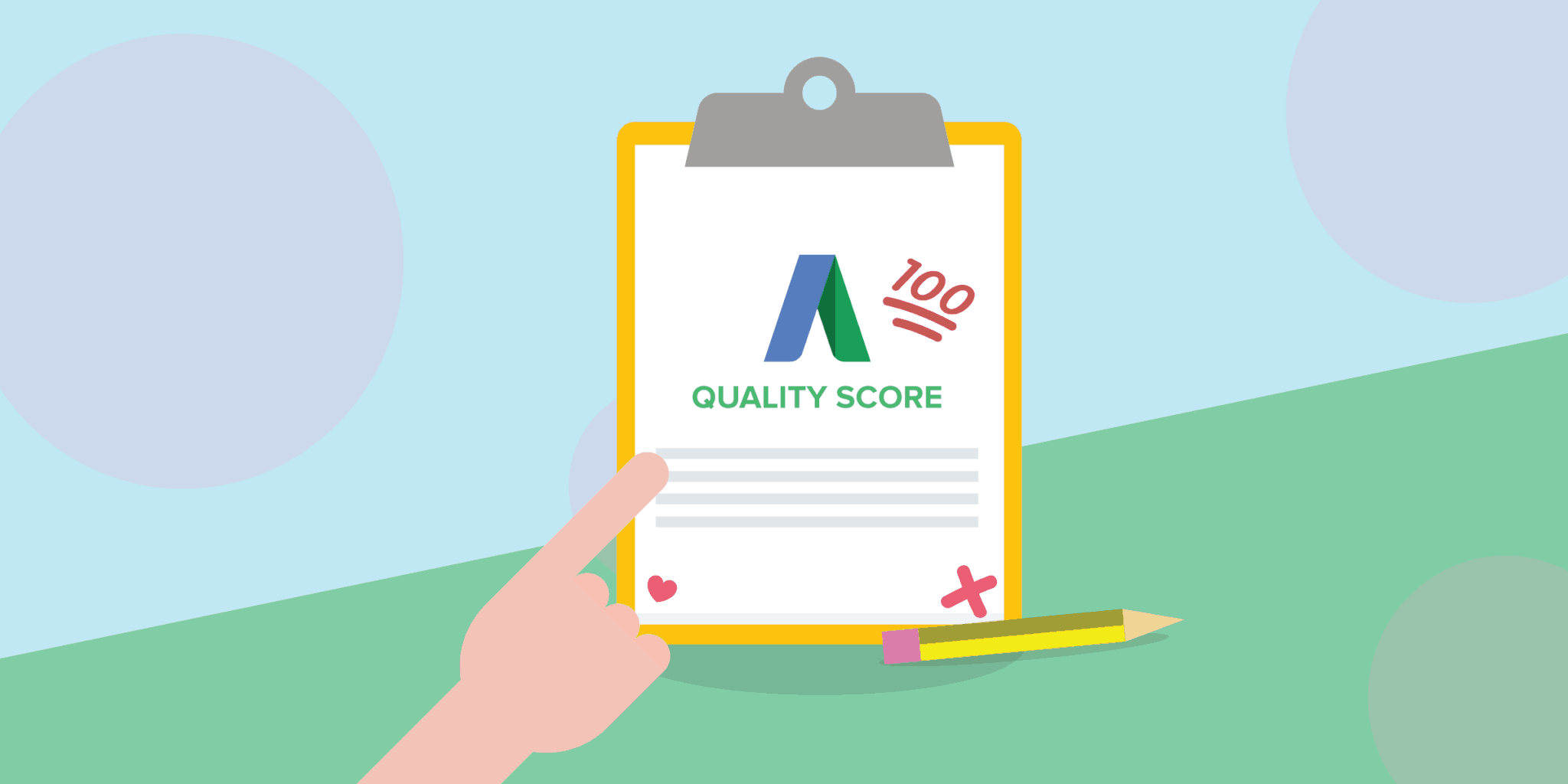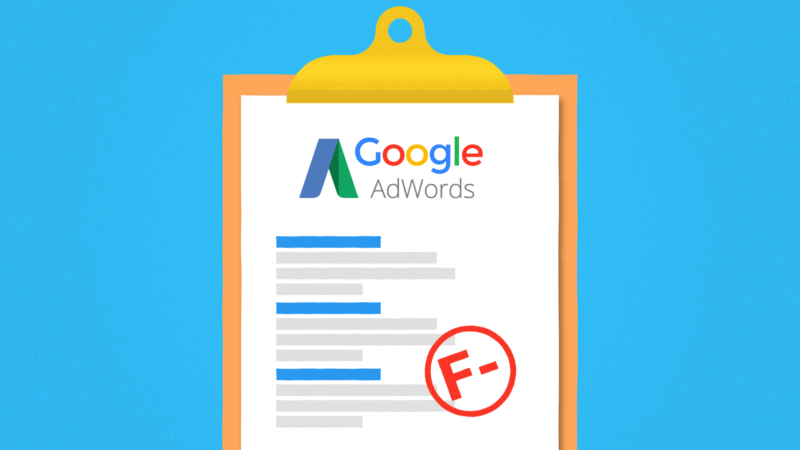What is a Quality Score?
An effective digital marketing strategy incorporates multiple channels to deliver a seamless, omnichannel experience for prospective customers. Search engine optimization, social media, and pay-per-click (PPC) advertisements are effective means of making contact with the target audience and directing them to your website. After establishing that first touchpoint, the next step is to convert website visitors into leads, opportunities, and closed sales.
Mastering PCC advertisement is a great way to start generating website traffic and filling your marketing funnel with potential new customers, but creating a high-impact PPC campaign with a positive Return On Ad Spend (ROAS) can be a challenge even for experienced marketing teams. One of the most important steps that marketers can take to improve their PPC results is to develop a working knowledge of Quality Score and how it impacts PPC advertising.
Quality Score is a metric used by all of the leading search engine advertising platforms, including Google, Yahoo! and Bing. Our discussion here will focus on Google’s Quality Score since they have the most search traffic and therefore the largest advertising platform for your digital marketing efforts. A quality score is Google’s way of rating the relevance and quality of your PPC advertisements and keyword targeting.

How Does Quality Score Work?
To understand the importance of quality score, we need some background information about Google’s Adwords program, now known as Google Ads. As the world’s leading search engine, Google receives more organic web traffic than pretty much any other website in the world.
If you sell a product or service, you can harness some of that web traffic to generate leads and customers for your own business by purchasing advertising space on Google’s search results through the Google Ads program. Using the Google Search Network, marketers can show ads to users that are searching for specified keywords using the Google search engine. Each time a user clicks through on an advertisement, Google charges the marketer who posted the ad at a pre-determined cost-per-click (CPC). When two or more marketers wish to run an advertisement for the same keyword, Google uses an ad auction process to determine whose advertisement will be displayed.
Here’s where Quality Score starts to become important.
Google charges marketers based on the number of clicks generated by the advertisement. Therefore, Google has an interest in preferentially displaying advertisements that users are more likely to click on. Quality Score is the metric that Google uses to quantify how well your advertisements are connecting with your target audience, so they can consistently show the ads that are most likely to generate click-throughs and downstream revenue for Google and the marketers who work with Google Ads.
As a marketer, optimizing the quality score of your advertisements has major implications for the overall success of your PPC advertising campaign. High-quality advertisements mean high-quality leads that are more likely to result in lead generation, customer creation and revenue growth for your business.

What Factors Contribute to Quality Score?
Quality Score measures the relevance and effectiveness of an ad for a specific audience, but how exactly is Quality Score calculated? How does Google assign a quality score to your advertisement? As with many of Google’s proprietary metrics, the methodology for calculating the quality score is not totally transparent, so we can’t say exactly how it’s being done.
What we do know is that there are three major factors influencing quality score, along with a couple of other additional factors that play a small role. The three main components of the quality score are:
Expected Click-Through Rate (CTR)
Google, Yahoo! and Bing have all revealed that the primary factor driving quality scores is the expected CTR of a keyword and matched advertisement based on historical data. In its quality score formula, Google accounts for the expected CTR of a keyword and matched advertisement along with the historical CTR of the entire adwords account and the display URLs in the ad group.
Put simply, you’re more likely to have a higher quality score if you consistently:
- Use an advertisement and keyword that generate a high CTR
- Have a track record of creating advertisements with a high CTR
- Send traffic to a URL that is historically correlated with a high CTR
Ad Relevance
Ad relevance is a determination of how well your advertisement caters to the expectations of users. The three main components here are the chosen keyword, the ad content or copy and the target URL. All three of these factors should be aligned with the expectations of the user when they see your ad after typing in a search term or key phrase into Google’s search engine.
While CTR measures your ability to generate clicks, ad relevance is a metric that quantifies how relevant your advertisement is to users searching for your targeted keyword.
Landing Page Experience
The advertisement is just one stage in the customer journey, and it should seamlessly flow into the next stage: a landing page on your website. If a user clicks on an ad for “Used Surfboard”, your landing page should contain the keyword “Used Surfboard”. It should probably also contain some useful information or purchasing options about Used Surfboard, but the goal is to link to a page that matches the customer intent.
Google measures numerous factors about your landing page to evaluate the experience, including loading times, bounce rate, site navigation, content originality, and other factors.

Directive Consulting: Your Experts in Quality Score Optimization
You can check the quality score of an ad by adding the “Quality Score” column to a report. Quality scores are indicated on a simple 1-10 scale, where 10 is the highest quality and 1 is the lowest.
Achieving a great quality score helps to validate that your ad is relevant, that your landing page is effectively optimized for your target market and that your ads are generating great CTR – but that’s not all.
The quality score also has a significant effect on your CPC. Imagine you create an ad with an “average” quality score of 5/10 and a CPC of $10. If you can achieve a perfect 10/10 quality score, Google will reduce your CPC for that keyword by as much as 50% – that’s $5 for each click instead of $10. In contrast, an ad with the same keyword targeting and a quality score of 1/10 might cost $40 per click or more.
We’ve also experienced first hand that higher quality scores lead to lower cost per conversion and more profitable PPC campaigns with positive ROI.
At Directive Consulting, our PPC experts have developed an approach to optimizing quality scores and delivering successful and profitable Google Ads campaigns for our clients. Click here for a free proposal and we’ll show you how quality score optimization can help you win with PPC.